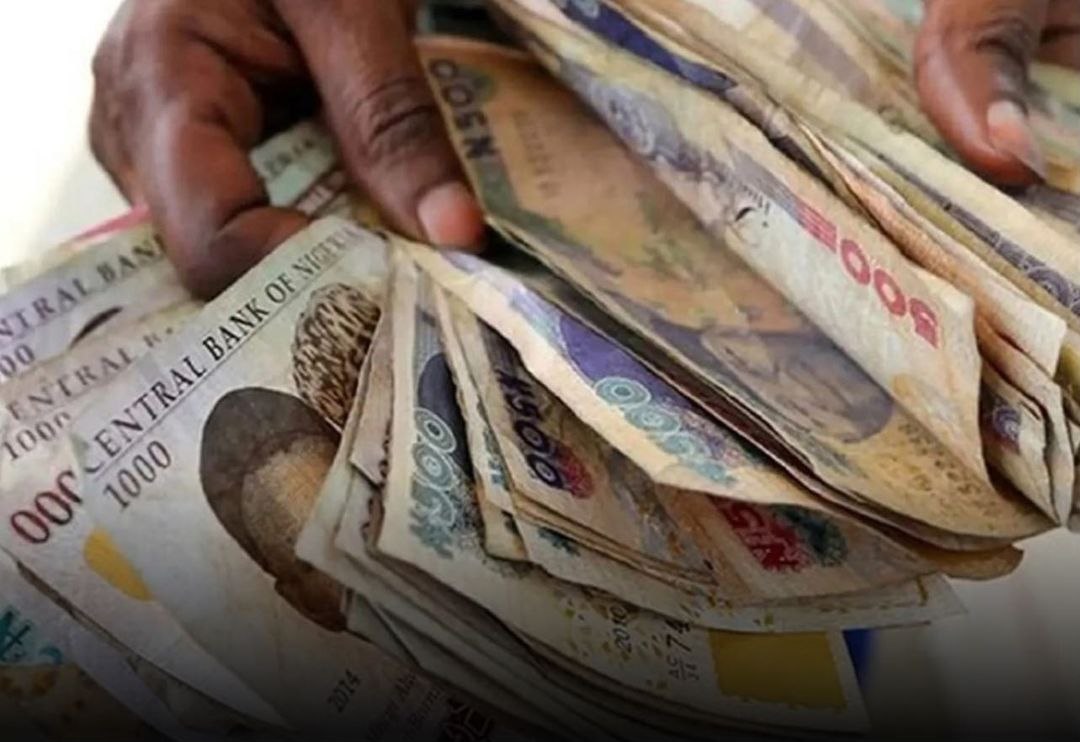This Week’s Market Snapshot
As of early August 2025, the naira is trading around ₦1,518–₦1,532 per USD on official platforms.
Over the past seven days, the naira showed mild stability, declining just 0.3–0.8% overall—suggesting a possible plateau after months of volatility.
At first glance, the naira’s performance may look like calm waters. But beneath the surface, the turbulence continues.
Forex Traders: Cautiously Optimistic with Risks
Local forex dealers are treading carefully. One Lagos-based trader notes, “The small gains this week could be a moment of breath—not a trend reversal.” Speculation remains high, stocks of US dollars are thin, and official dollar allocations are still tightly rationed.
Traders warn that without deeper liquidity injection from the Central Bank, the price may quickly correct upward again.
Importers: Daily Survival at Higher Cost
Importers are feeling the squeeze. With formal dollar access restricted, many have turned to parallel markets or even crypto-based swaps (e.g. USDT) to settle payments to overseas suppliers—especially in China.
An Igbo trader explains: “It’s more efficient to swap naira directly to RMB. Otherwise we can’t fully load containers.”
Many importers report rising input costs and shrinking margins, forcing them to pass on prices to consumers and deepening inflationary strain.
Everyday Nigerians: Pinched by Purchasing Power Decline
Households feel the pressure too. As the naira weakens, dollar-denominated imports—food, medication, school fees—are rising in price. From the Jollof rice index to medical supplies, everyday Nigerians are paying more for less.
For most citizens, the mild dip in dollar value offers little relief when essentials remain out of reach.
Central Bank: Intervention or Illusion?
In recent weeks, the CBN pumped approximately $197 million into the official forex market in a bid to steady the currency. But continued restrictions on Bureau de Change (BDC) licensing and forex sales suggest deep structural issues remain unresolved.
These moves echo past policies mixing rationing with managed float—raising questions whether stability is engineered or illusory.
Has the Naira Stabilized—or Is It on Life Support?
| Signs of Stability | Warning Signs |
|---|---|
| Slight weekly declines around 0.5% | Persistent parallel-market premium (~₦1,480–₦1,550) |
| Central Bank market intervention | Forex rationing to importers |
| Traders holding hope for rebuild | Continued import dependency and cost-slashing pressures |
Voices from the Ground
Forex trader (Lagos): “Small uptick, yes. But if the CBN doesn’t loosen its grip, we’re just delaying an inevitable fall.”
Importer (Enugu): “We’re paying more just to buy dollars. Profits vanish before we even start.”
Consumer (Abuja): “Rice price climbs every week. My salary feels weaker than ever.”
Outlook: Short-Lived Breather or Structural Shift?
Analysts warn that any real turnaround depends on increasing non-oil exports, boosting foreign reserves, and enhancing market confidence. Some projections suggest year-end stabilization near ₦1,550/USD, assuming reforms hold.
But for most Nigerians—importers, traders, students sending fees abroad—the stability feels brittle, temporary, and insufficient.
This week’s market data may hint at a breather—but it’s too early to call it stability. Without structural changes in currency access, trade diversification, and fiscal discipline, the naira remains on life support—not just for now, but for the runaway inflation and uncertainty that lie ahead.




